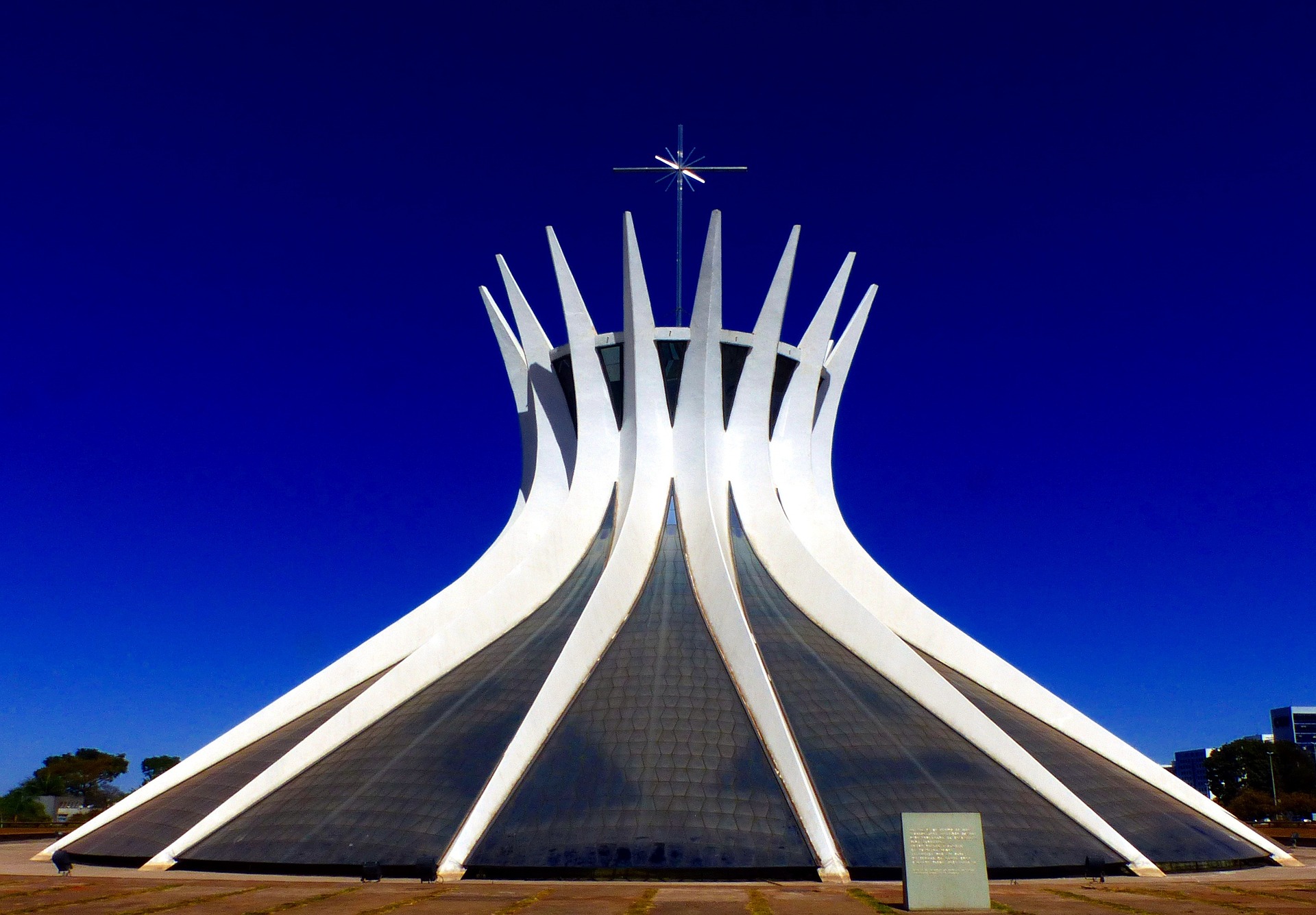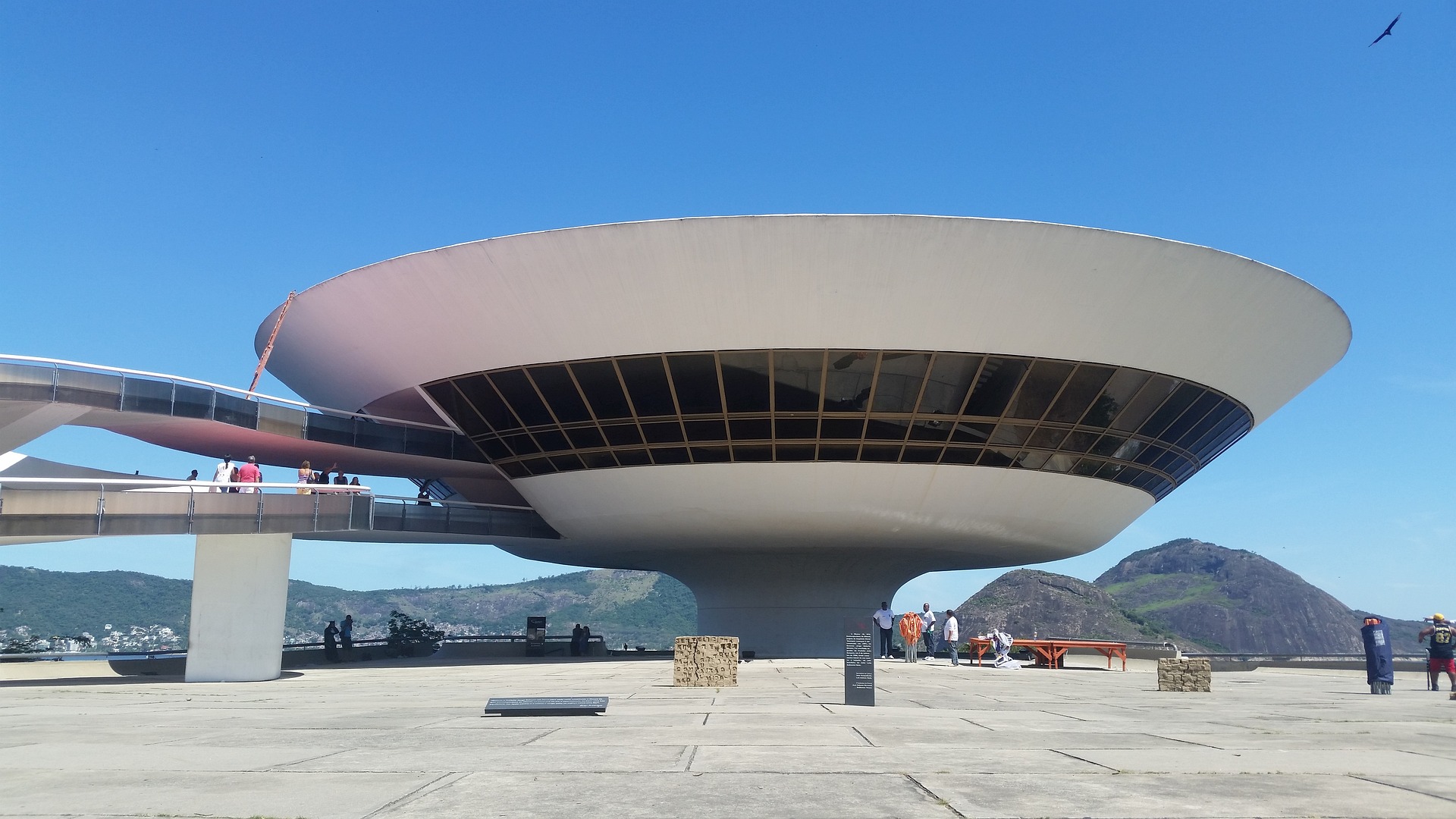Oscar Niemeyer, icon of modern architecture
Back from Brazil (read the article about our stay in Rio de Janeiro), it is difficult to resist the pleasure of evoking Oscar Niemeyer. This famous Brazilian architect, one of the most influential of the 20th century, redefined and left a lasting mark on the history of modern architecture with his characteristic buildings, with their organic shapes and fluid, sensual curves. We had the chance to visit several of his extraordinary creations during our stay in the Wonderful City. Let's take a look at the history and the worldwide impact of this Brazilian genius' work.

Born in 1907, Oscar Niemeyer marked his century with boldness and innovation, political and social commitment, and his impact on modern architecture. He left a remarkable legacy that continues to inspire and fascinate generations of architects and enthusiasts around the world. With over 600 projects worldwide, his iconic buildings are outstanding examples of how architecture can be both functional and artistic, while reflecting the beauty of nature. The construction of the new capital Brasilia, the utopian city commissioned by then-President Juscelino Kubitschek and inaugurated in 1960, is one of his most significant works. It has been hailed as an architectural and urbanistic success, highlighting Niemeyer's talent.
His achievements are also characterized by his humanist commitment. He believed that architecture should serve people, creating public spaces that are open and accessible to all. Niemeyer's buildings were often designed to facilitate social interaction, providing spaces for meeting and recreation. From an early age, Oscar Niemeyer showed an interest in art and architecture. He began working with the famous Brazilian architect Lucio Costa. Together, in addition to Brasilia, they designed the headquarters of the Ministry of Education and Health in Rio de Janeiro, which is considered one of the most important buildings of modern architecture. A great admirer of the Cubist art movement and strongly influenced by the works of Picasso and Braque, he has always made bold use of geometry in his designs. Niemeyer has received numerous awards for his work, including the prestigious Pritzker Prize in 1988, considered the Nobel Prize of architecture.
 Among Niemeyer's other most famous works is the Museum of Contemporary Art in Niterói, located on a cliff above Guanabara Bay. This flying saucer-like structure is a striking example of Niemeyer's sculptural approach. He also designed the headquarters of the French Communist Party in Paris, as well as the Cité administrative in Bobigny. He contributed to the design of the United Nations headquarters in New York in collaboration with the American architect Wallace Harrison. He continued to work into old age and was an advocate of modern architecture until his death in 2012 at the age of 104.
Among Niemeyer's other most famous works is the Museum of Contemporary Art in Niterói, located on a cliff above Guanabara Bay. This flying saucer-like structure is a striking example of Niemeyer's sculptural approach. He also designed the headquarters of the French Communist Party in Paris, as well as the Cité administrative in Bobigny. He contributed to the design of the United Nations headquarters in New York in collaboration with the American architect Wallace Harrison. He continued to work into old age and was an advocate of modern architecture until his death in 2012 at the age of 104.






